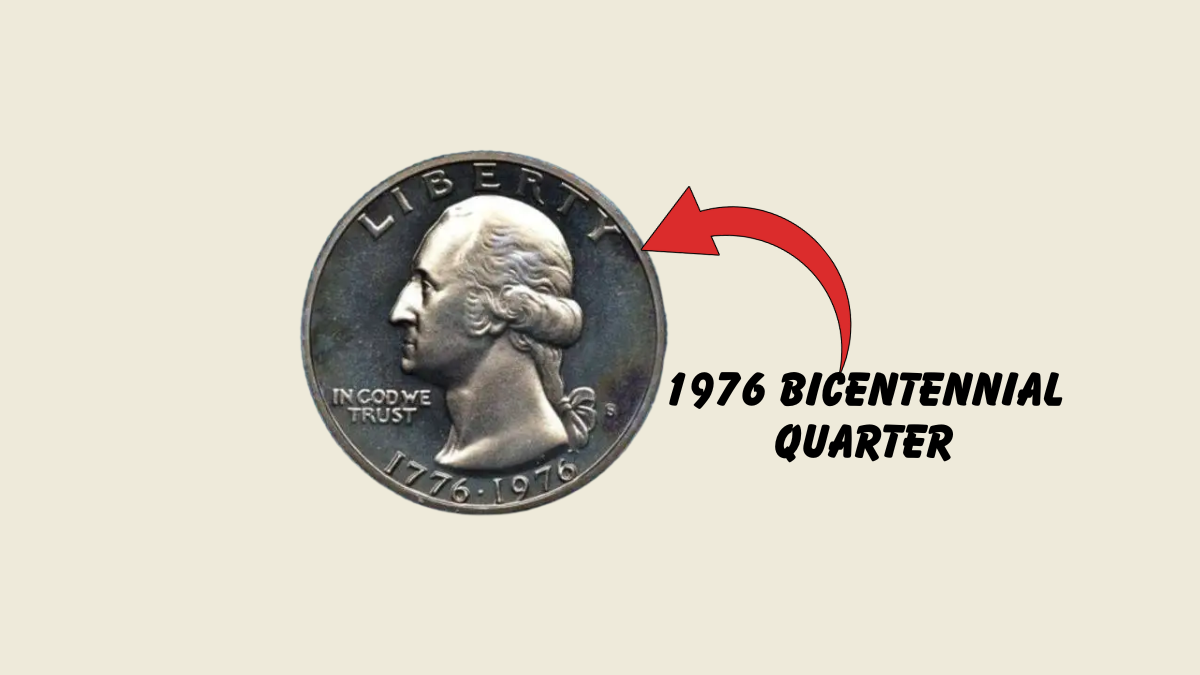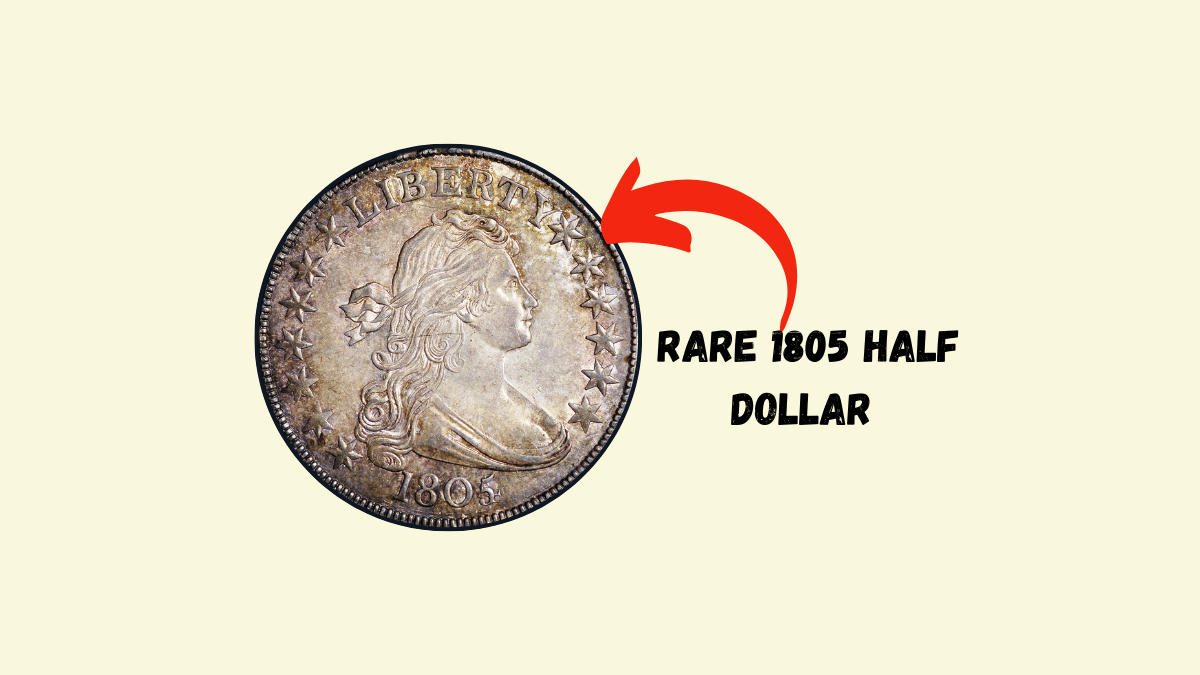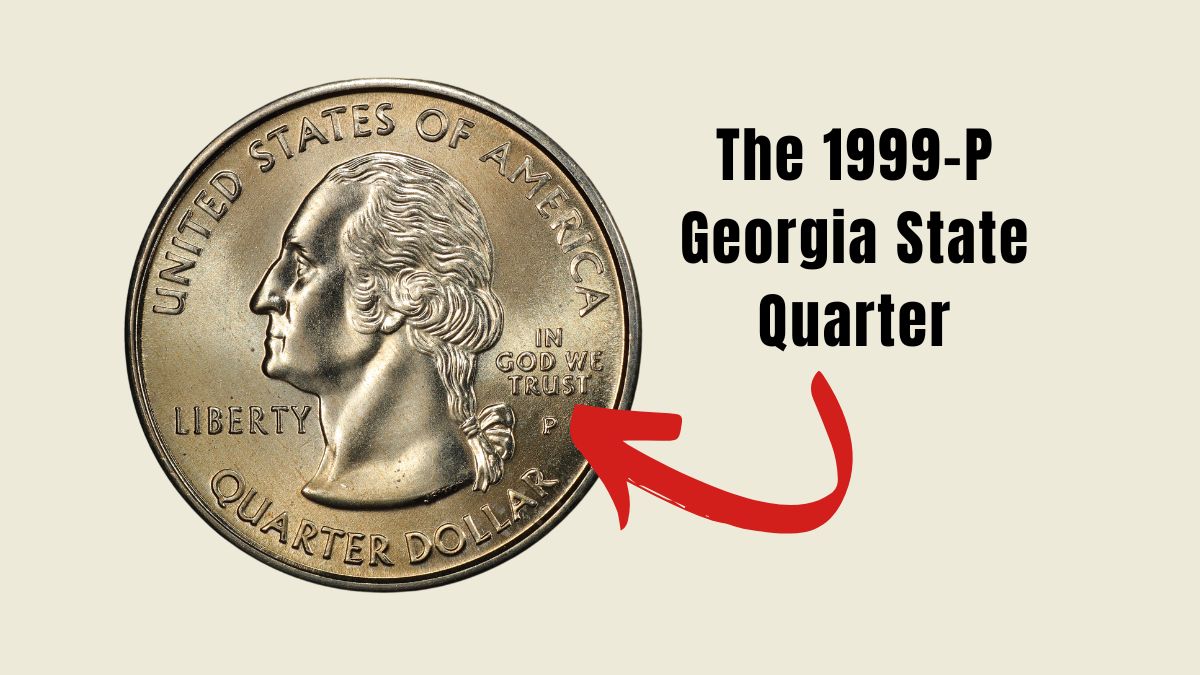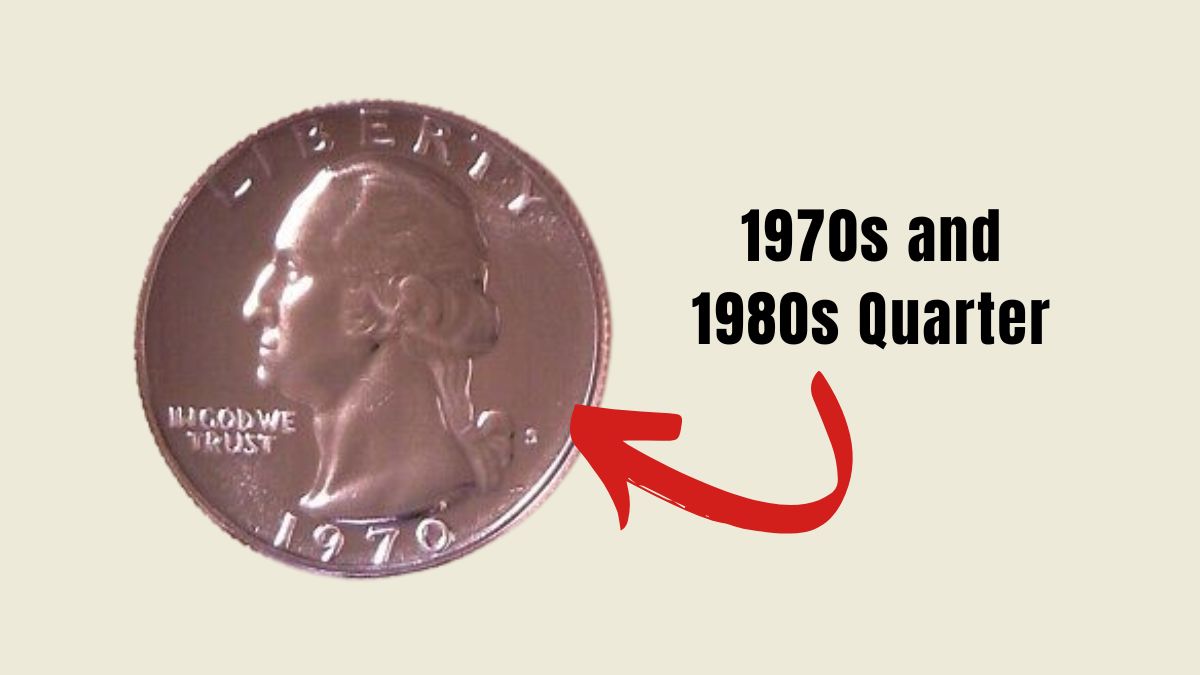The 1976 Bicentennial Quarter holds a special place in American numismatics, celebrated for its unique design commemorating the nation’s 200th anniversary of independence.
While millions were minted, certain rare variants have captivated collectors, with some fetching extraordinary sums, reportedly up to $2.2 billion.
Understanding the 1976 Bicentennial Quarter
In 1976, the U.S. Mint released a special quarter to honor the bicentennial of the Declaration of Independence. Distinct from regular quarters, it features:
- Obverse (Front): The traditional portrait of George Washington, accompanied by the dual date “1776–1976.”
- Reverse (Back): A unique depiction of a colonial drummer, designed by Jack L. Ahr, symbolizing the Revolutionary War era.
The $2.2 Billion Valuation: Myth or Reality?
Reports have surfaced claiming that certain 1976 Bicentennial Quarters are valued at $2.2 billion. However, such valuations are highly implausible in the numismatic community.
While rare coins can command significant prices, reaching into the thousands or even millions, a $2.2 billion price tag lacks credible substantiation.
Factors Influencing the Value of Bicentennial Quarters
Several elements can affect a coin’s value:
- Rarity: Coins with minting errors or those produced in limited quantities are typically more valuable.
- Condition: Coins in pristine, uncirculated condition (graded as Mint State) fetch higher prices.
- Historical Significance: Commemorative coins marking significant events can attract collector interest.
- Market Demand: The level of interest among collectors can drive a coin’s market value.
Notable Bicentennial Quarter Variants
While standard Bicentennial Quarters are common, certain variants are particularly sought after:
- Error Coins: Quarters with minting mistakes, such as double strikes or off-center images, are rare and can be valuable.
- Proof Versions: Specially minted for collectors, these coins have a mirror-like finish and are often more valuable.
- Silver Composition Quarters: A limited number were struck in 40% silver, intended for collectors, and can command higher prices.
| Variant Type | Description | Estimated Value Range |
|---|---|---|
| Standard Circulation | Commonly minted, copper-nickel composition | Face value |
| Error Coins | Minting mistakes (e.g., double strikes, off-center) | $100 – $1,000+ |
| Proof Versions | High-quality finish, sold to collectors | $5 – $20 |
| Silver Composition Quarters | 40% silver content, limited mintage | $10 – $50 |
Conclusion
While the 1976 Bicentennial Quarter is a cherished piece of American history, claims of a $2.2 billion valuation are unfounded.
Collectors should focus on the coin’s historical significance and the genuine value of rare variants, always seeking information from reputable numismatic sources.
FAQs
Are all 1976 Bicentennial Quarters valuable?
No, most are worth their face value. Only specific variants, such as error coins or silver proofs, have higher value.
How can I identify a silver Bicentennial Quarter?
Silver quarters have a distinct silver edge without the copper stripe seen in standard quarters.
What should I do if I find a Bicentennial Quarter?
Examine it for unique features or errors. If it appears unusual, consider consulting a professional coin appraiser.
Why are some Bicentennial Quarters considered rare?
Variants with minting errors or those struck in silver were produced in limited quantities, making them rare.
Is the $2.2 billion valuation for a Bicentennial Quarter credible?
No, such a valuation is not supported by credible sources and is considered a myth.




